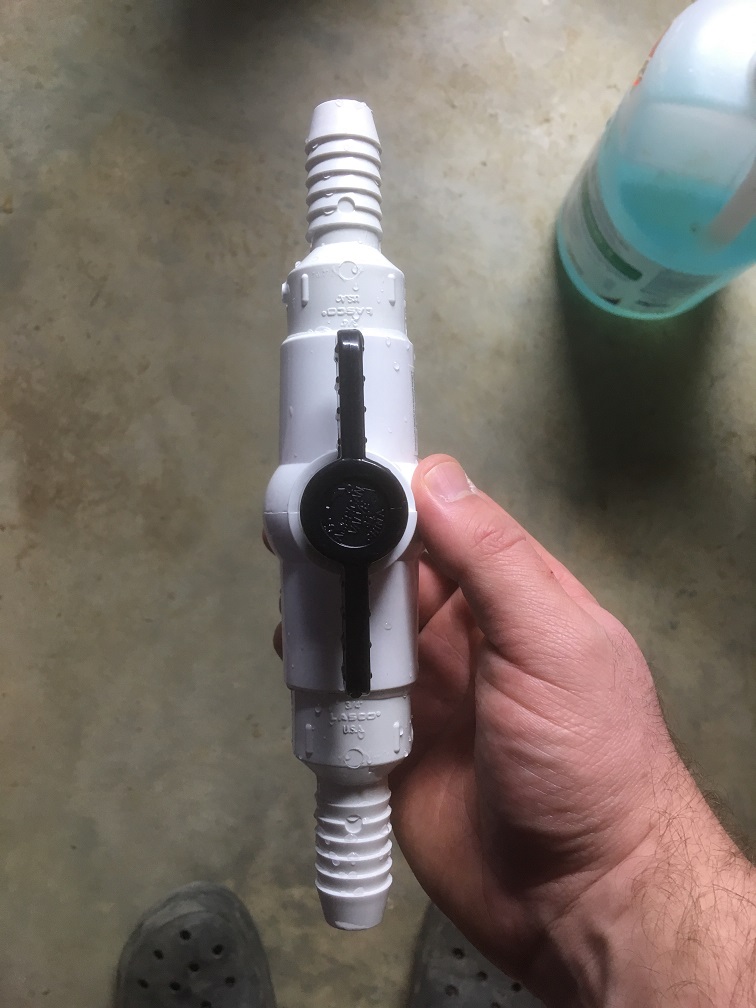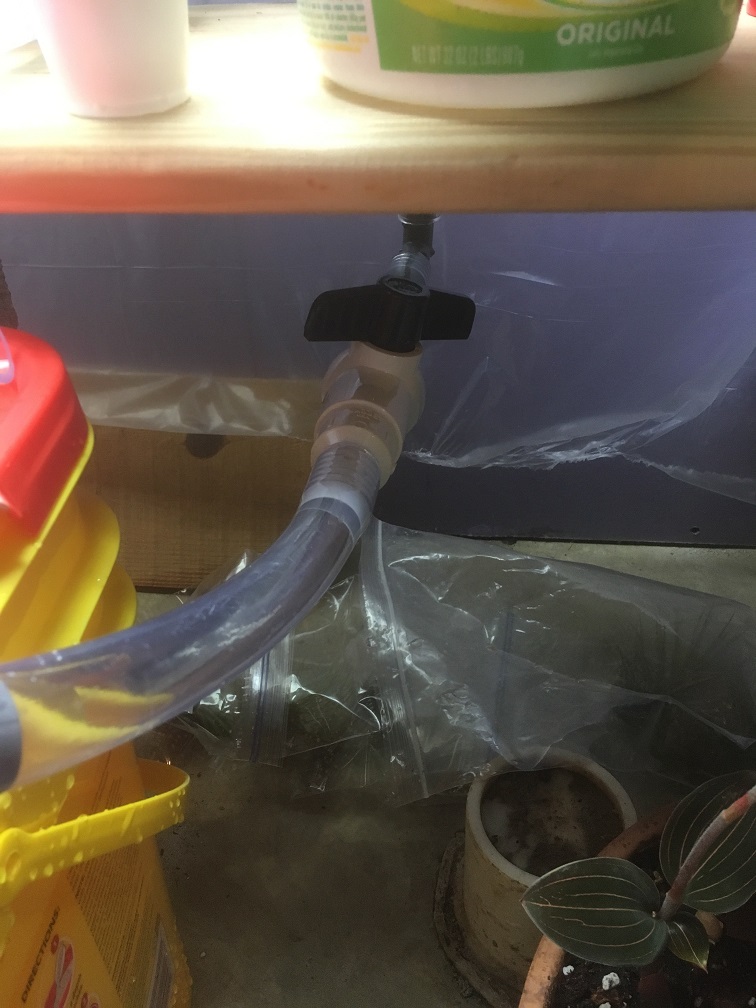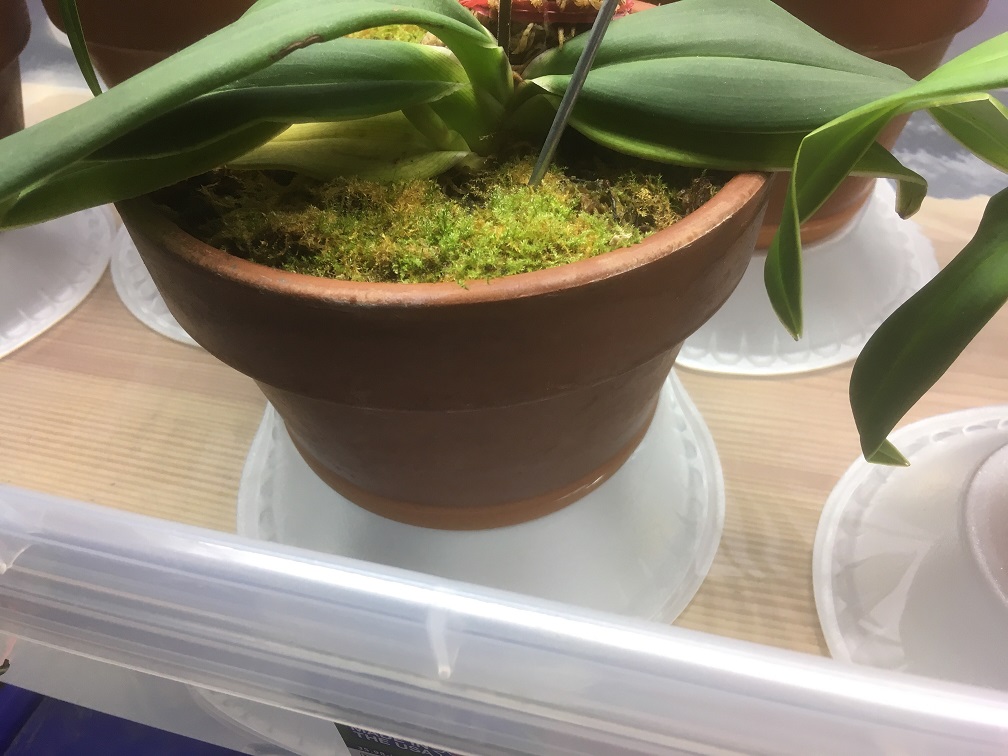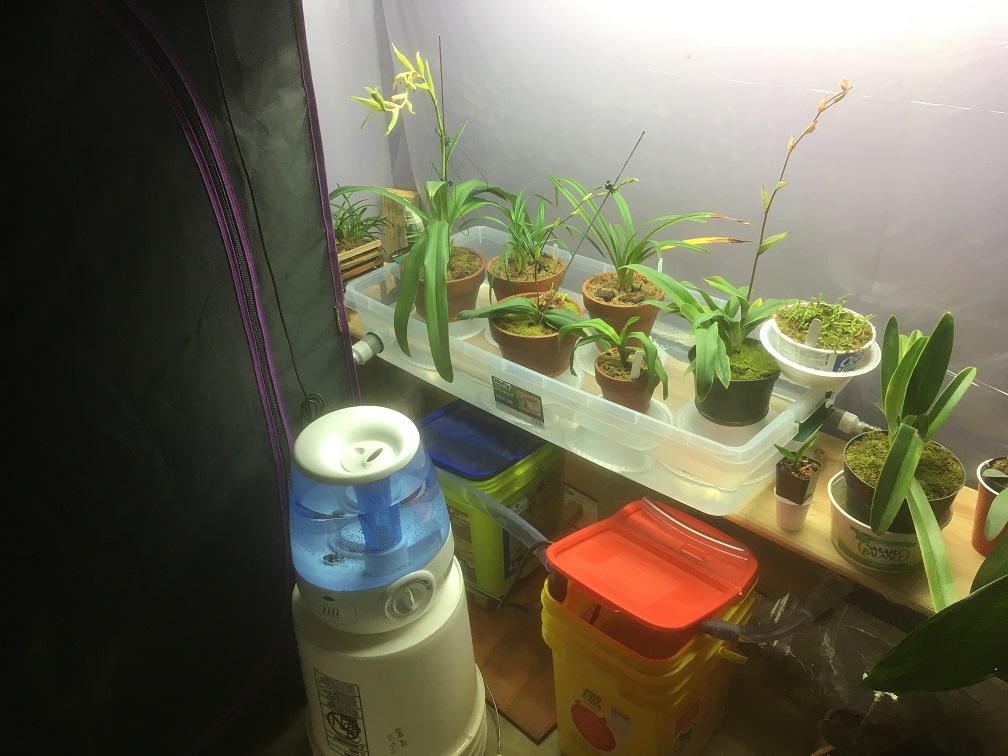Max, you are correct, a splitter would divide air into each pot separately. But ray is saying that having one source for all pots and having all water return to the same common area is potentially problematic. You could have a splitter and divide the water source to each individual pot and let the drain water escape or be discarded. Many greenhouse/nursery irrigation systems utilize this watering method but then it isn’t hydroponic or semi hydroponic irrigation, it’s simply highly directed irrigation. You could do this but collect the drain water and reuse, Ive thought of this but didn’t have time or place to do
https://www.horticulturesource.com/fresh/product/grodan-dutch-leach-tray-kit-6-x-40/
I have a grodan leach tray, here’s a kit for one, 13$. They are made to hold a slab of growing media and the water goes in and out the bottom. I modified by drilling a hole near the top of the tray and putting a bulkhead drain. The second tube that is meant as a drain, it goes back into the bucket which sits under the one end. The top drain also returns via the same end and down into the bucket. The drain line hooks into one of the elbowed fittings. I rotate up the fitting/line to raise the water line but mostly I want the water almost to fill the tray completely and go out of the top drain. Then the pump turns off via a timer and the water flows back into the reservoir in the tube from the pump.
I have a strong pump which could easily overflow the tub it’s pumping into. Since I live in a second floor apartment and this is in the living room that has carpet, and I’ve already had a kitchen sink overflow and mess up the ceiling below, I don’t have option for the tub overflowing and have built ability to help prevent this. Someone with this in a different setting and a gentler pump might not need to install the top drain, just adjust return line to get the proper fill level.
I also have a tub with a bulkhead fitting in the bottom. The water inflow tube comes up through the fitting, blocking most of the return water so the level rises. Pump turns off and all the water drains back down through the tube/pump and around the gaps between tube and drain fitting. The leach tray has phrags and other wet things and waters every day. The other one has different timer, and waters once a week.
Last year I was away two weeks and this worked sufficiently so that everything was fine when I returned. Some things might get a little more or less than they are comfortable with normally in a weekly or daily regimen, but for a vacation I watered well right before leaving and they get watered close enough for the rest of the time.
These could be adjusted differently, but I was having trouble finding tube line to fit the bulkhead drains and elbows etc, and since pots tip sometimes and potting media would try and jam drain tubes and openings I opted to not have return tubes on the bulkhead drains. But anyone could come up options that prevent clogging.
man option for people to use trays and water for their orchids could be to change their media to be more open, and/or use net pots for increased air. I’m sure phrags grow in very humid environments, and very wet, so it’s the need to have better air around the roots or have circulation/air stone. I think net pot would work with chunky perlite












































